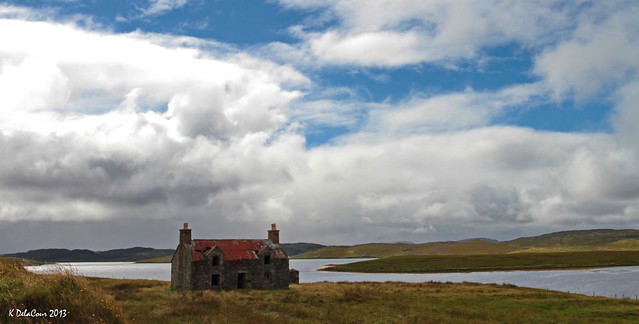 This week we covered the Laridé de Portobello, a nine-part piece for flutes, whistles and other folk instruments based on a traditional Breton two-part tune that had no name. This is a tune I have taught previously and the intention of the multiple parts is to encourage group play, improvisation and performance. With the end of a term of hard work coming up, it’s good to focus on such things.
This week we covered the Laridé de Portobello, a nine-part piece for flutes, whistles and other folk instruments based on a traditional Breton two-part tune that had no name. This is a tune I have taught previously and the intention of the multiple parts is to encourage group play, improvisation and performance. With the end of a term of hard work coming up, it’s good to focus on such things.
I will eventually put the music up on FluteFling but I recently taught this at Callander and have written up some notes for that here, along with some links to resources.
News: It’s that time of year when we look to play somewhere interesting, especially having missed the summer excursion. Hopefully we can make Dalmeny Kirk again before Christmas, but failing that, in the New Year. We may get out to a pub for a tune too. Here’s what we did last year, including the Laridé de Portobello:
Photo of Cobbled street at Dinan, Brittany, France by William Warby, some rights reserved.

